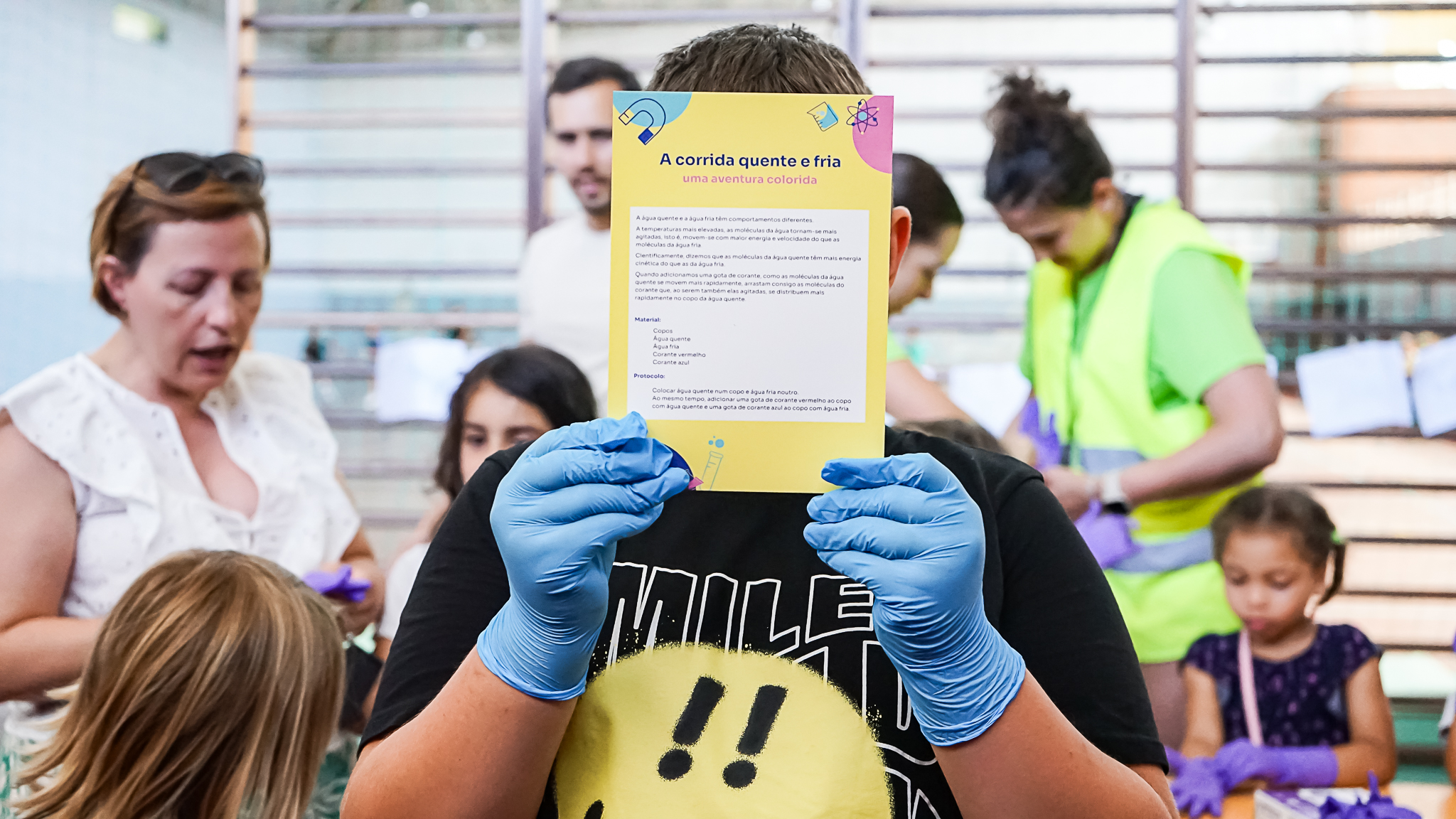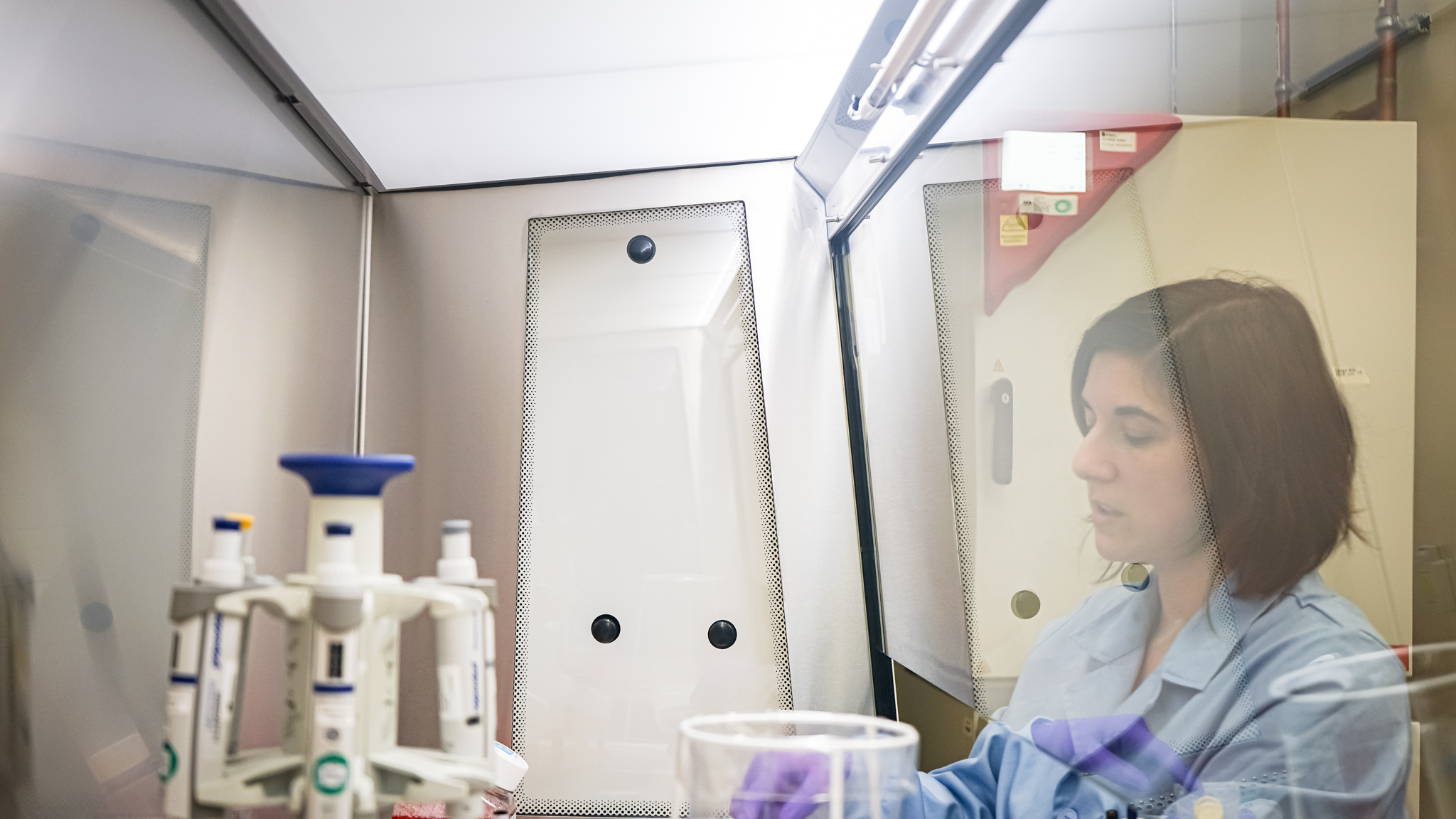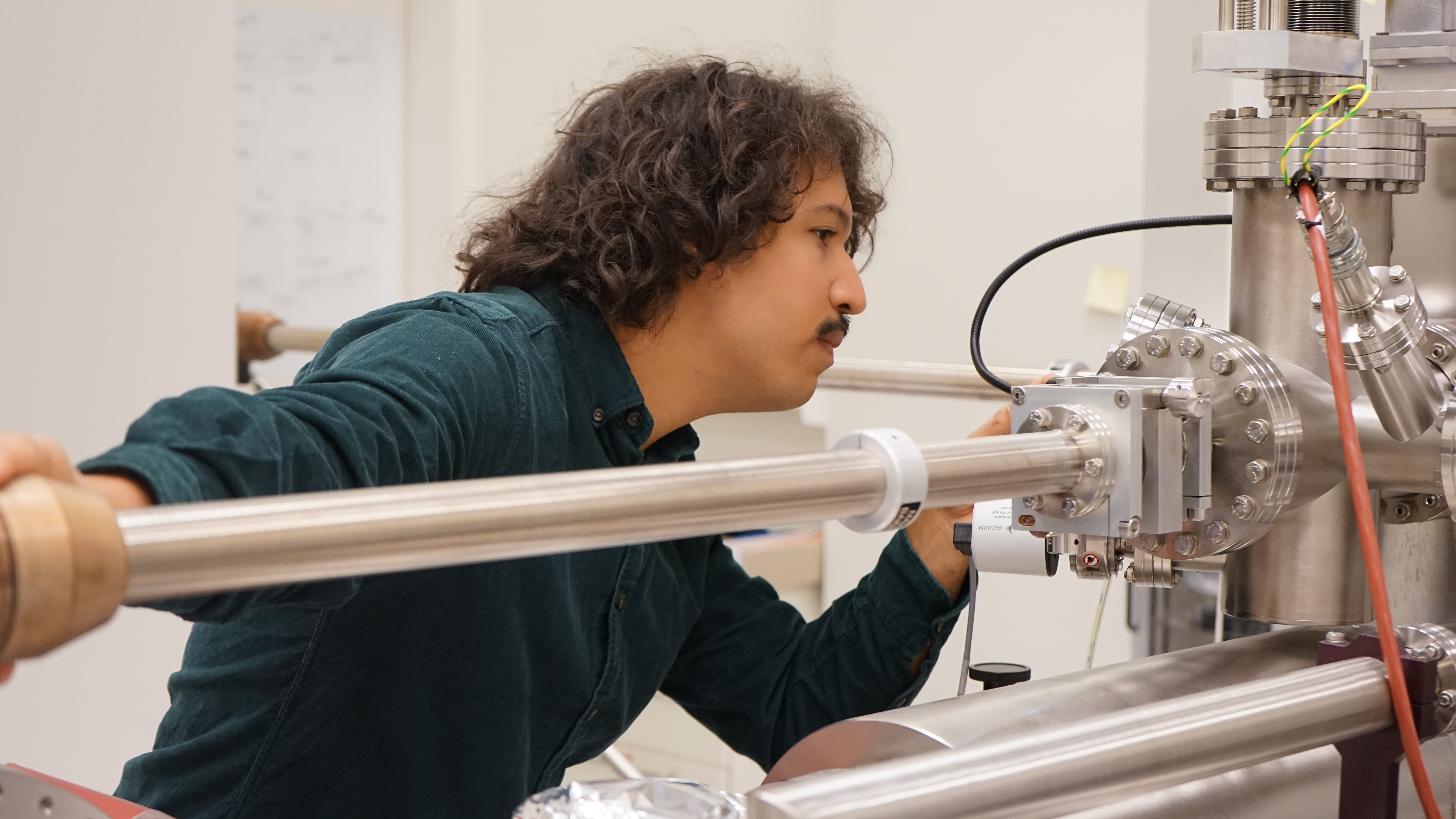
INL researchers develop a new model to predict toxicity of nanomaterials
June 26, 2023
Engineered nanomaterials based on metal oxide nanoparticles offer many promising applications – from cosmetics and sunscreens to diagnostic devices and textiles.
These nanomaterials offer exciting technological properties. However, it is crucial to understand their interaction with the biological environment, such as marine, atmospheric and terrestrial ecosystems.
Alarmingly, emerging studies suggest that engineered nanomaterials might present toxic effects on human lungs, and there is still no international consensus on the metrics and exposure limits of these nanomaterials, as toxicity studies are usually conducted in non-human laboratory models.
Researchers from the Nanosafety research group at INL are innovating and using in silico experiments to predict the toxicity of engineered nanomaterials – i.e., these toxicity studies can be performed using an artificial intelligence-assisted and data-driven framework.
João Meneses, the leading author of this study, explains “We developed a machine learning model to predict the potential human lung cell toxicity induced by metal oxide nanoparticles exposure”.
The group has successfully shown that it is possible to build a simple, easy-to-interpret, and robust model aligning with the principle of Safe-by-Design. João adds that the recently published study “could pave the way for efficient decision-making, prediction, and mitigation of the potential occupational and environmental risks associated with engineered nanomaterials”.
This work was developed under the project SbDtoolBox – Nanotechnology-based tools and tests for Safer-by-Design nanomaterials. You can read the complete scientific publication here.


